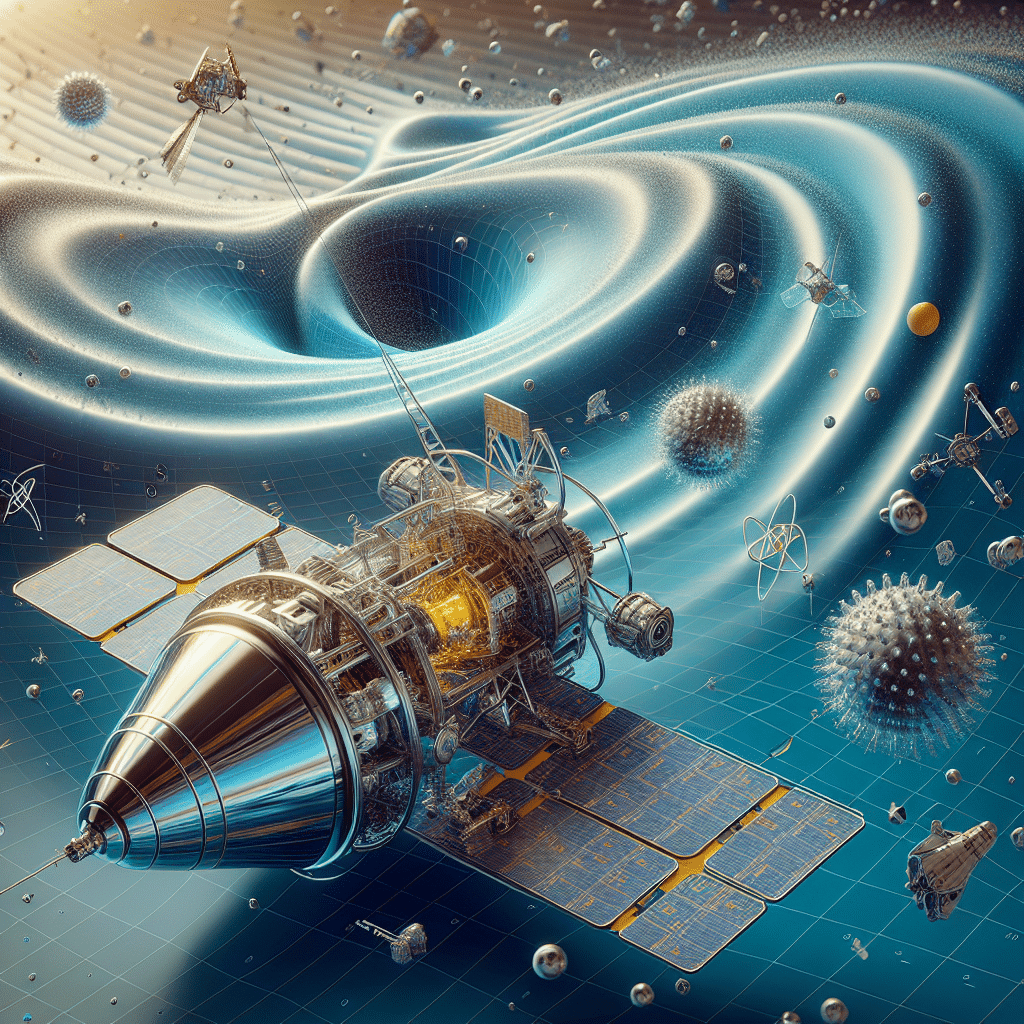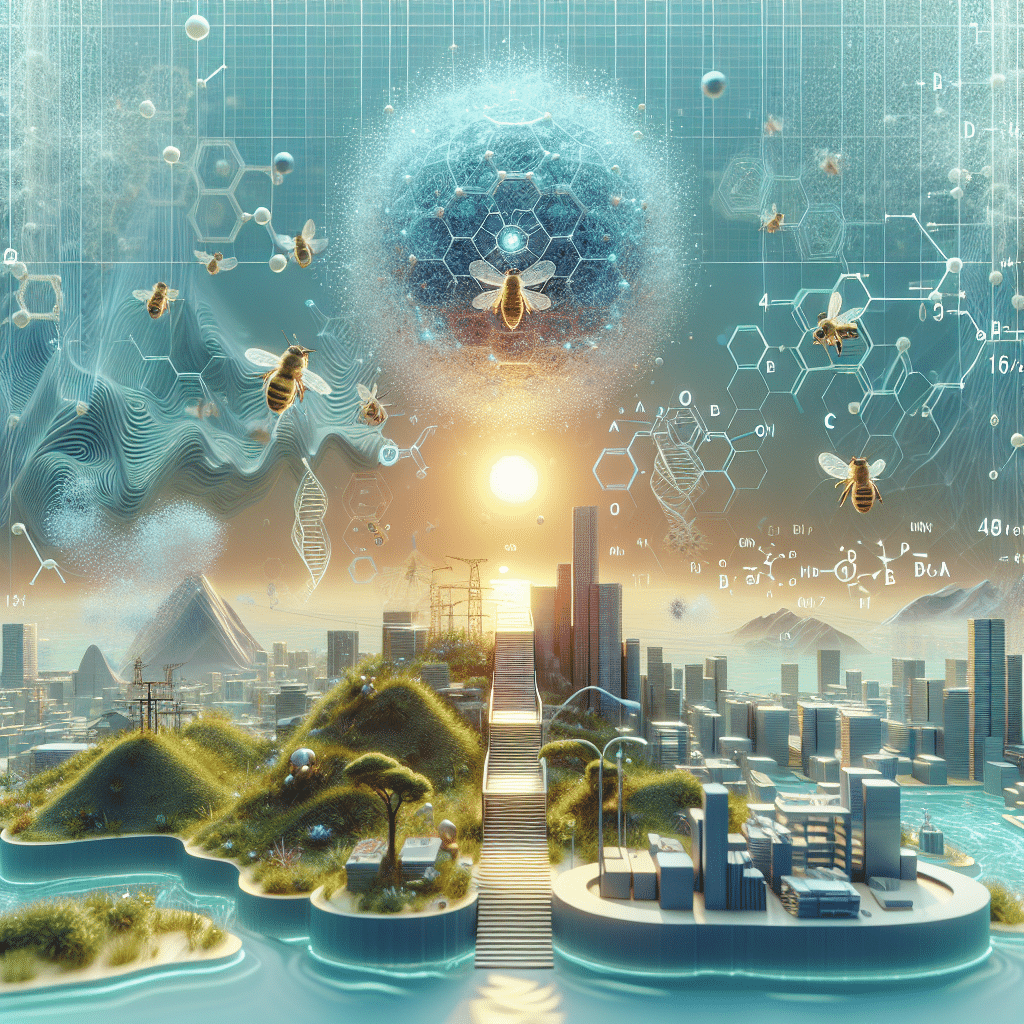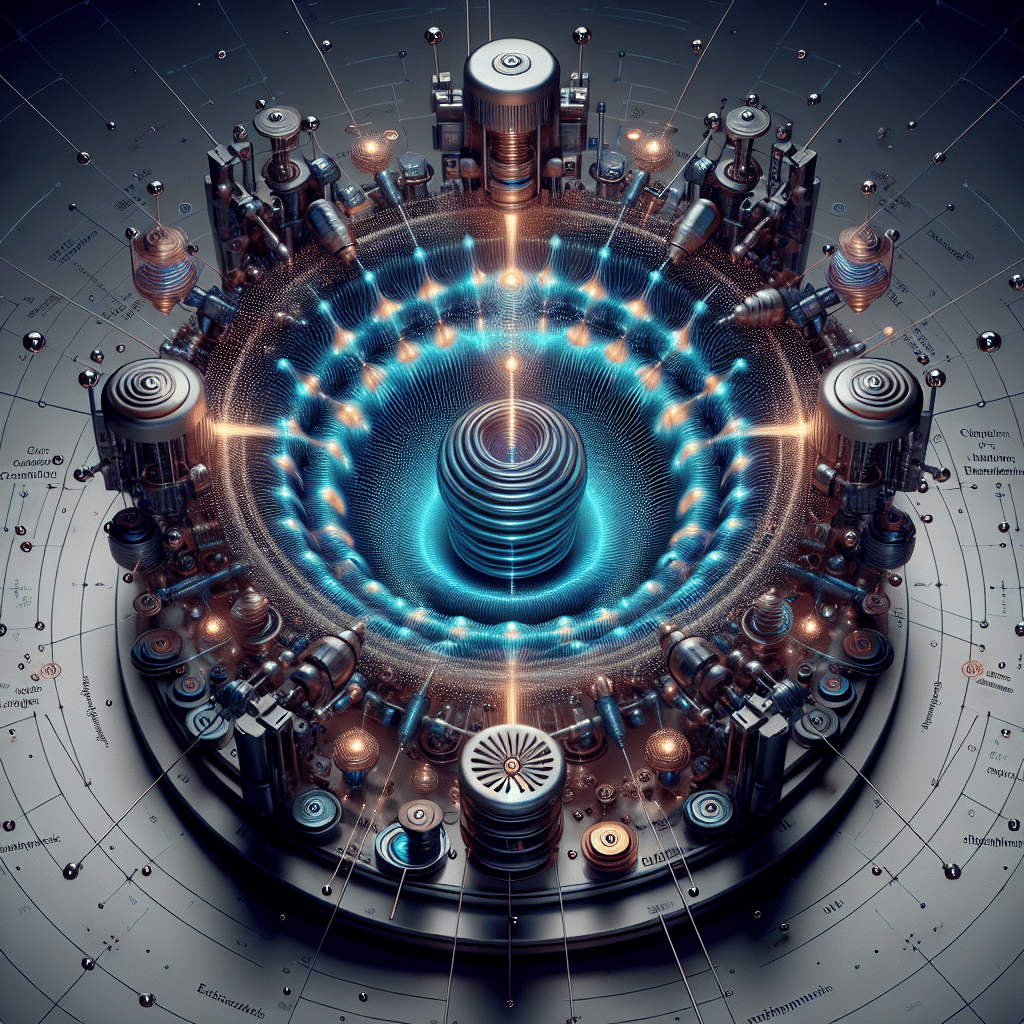The Concept of Antigravity
The idea of antigravity has fascinated both scientists and the public for centuries. While gravity is universally attractive, physicists have long speculated whether it might be neutralized, reversed, or even harnessed for advanced technologies.
In mainstream physics, antigravity is linked to exotic matter, negative energy, or wormholes. Experiments have tried to manipulate gravitational effects, though without reproducible success.
According to Bee Theory, if gravity is an oscillatory wave phenomenon, then antigravity corresponds to destructive interference in that wave field. This makes antigravity a possible outcome of wave manipulation, not a violation of physics.

Scientific Hypotheses
Exotic Matter and Negative Energy
- General relativity allows solutions requiring negative energy density.
- Negative energy could create repulsive gravity and spacetime distortions.
- Such exotic matter has never been observed and may not exist stably.
Wormholes and Spacetime Engineering
- Wormholes are hypothetical tunnels through spacetime connecting distant regions.
- They require exotic matter to stay open against gravitational collapse.
- This involves localized antigravity effects balancing attraction and repulsion.
Experimental Attempts
- Research programs explored possible gravity cancellation effects.
- Examples include:
- Rotating superconductors (Podkletnov’s controversial claims).
- High-frequency electromagnetic fields acting on matter.
- Manipulation of quantum vacuum states.
- So far, no reproducible, peer-reviewed confirmation exists.

Bee Theory’s Perspective
- Antigravity does not require exotic matter or negative energy.
- It emerges naturally from destructive interference in oscillatory gravitational fields.
- Similar to noise-canceling headphones, wave interference can suppress or invert gravity fields.
This shifts antigravity from speculative “new physics” to a wave engineering challenge, rooted in the same mathematics as acoustics, optics, and quantum interference.
Technological Implications
Revolutionary Propulsion
- Current space travel relies on rockets and reaction mass, limited by Newton’s third law.
- Antigravity propulsion could enable:
- Massless lift, overcoming gravity without fuel.
- Field-based propulsion, using oscillatory fields to curve spacetime.
- Potential near-light-speed travel, if stable repulsion can be engineered.
Energy Applications
- Gravitational interference could interact with vacuum energy, suggesting new energy pathways.
- Weight-reduction fields might transform transport systems and architecture.
- Planetary engineering: lighter megastructures and assistance for off-world colonies.


For decades, antigravity has hovered between science fiction and theoretical speculation. Traditional models rely on exotic matter or negative energy, both unproven. Bee Theory reframes the problem entirely.
- Gravity is an oscillatory phenomenon.
- Antigravity is the inverse interference pattern of those oscillations.
- The challenge lies in engineering spacetime waves with extreme precision.
If confirmed, this wave-based approach could revolutionize propulsion, energy, and planetary engineering. In the Bee Theory framework, antigravity is not a fantasy but a natural extension of wave physics—awaiting the technology to harness it.
